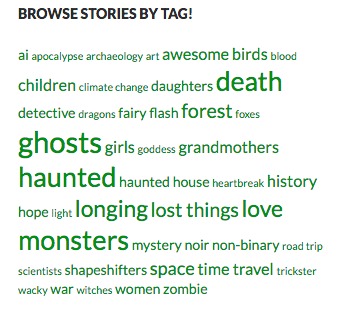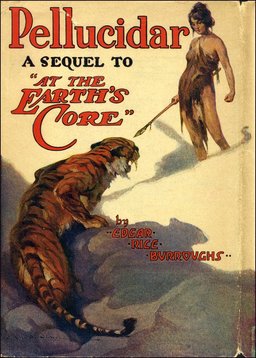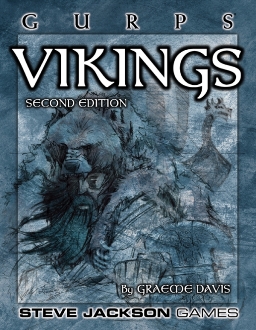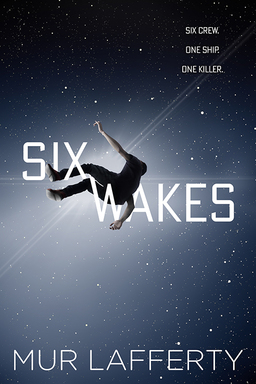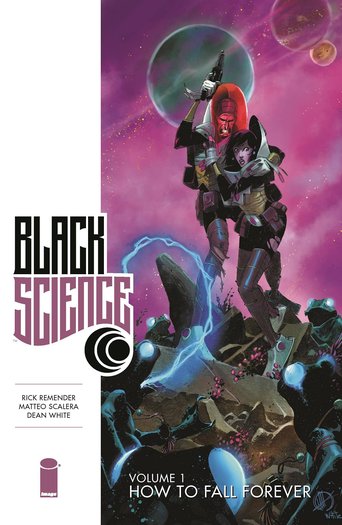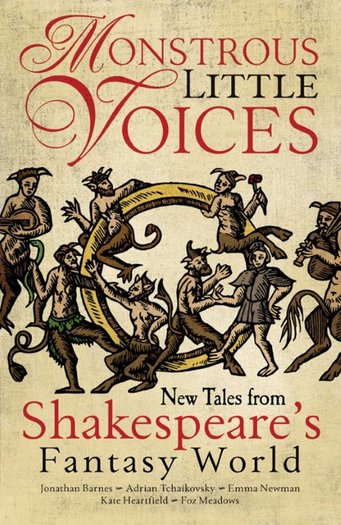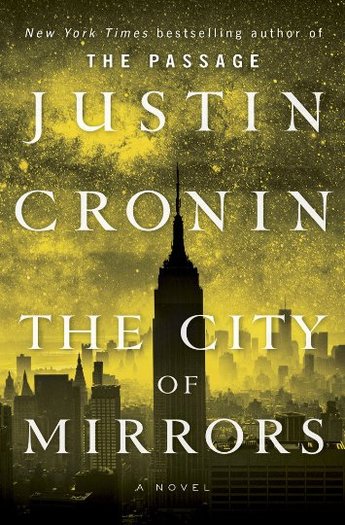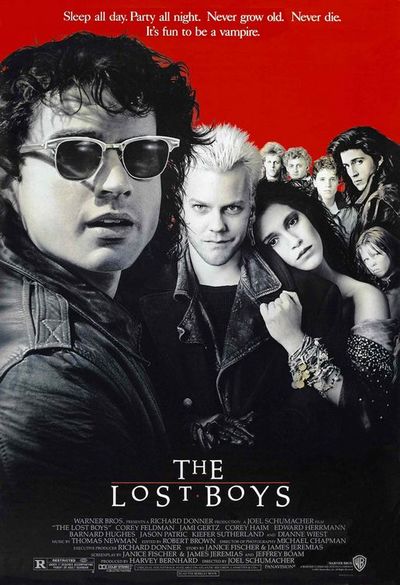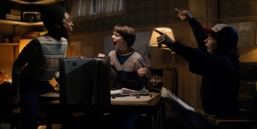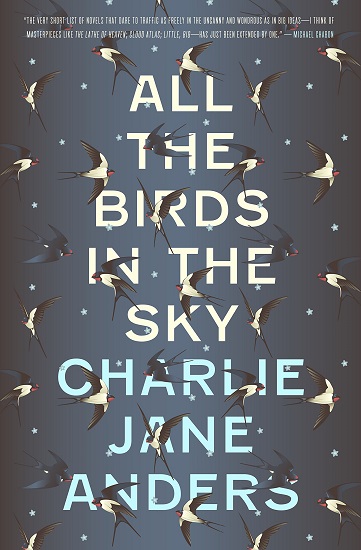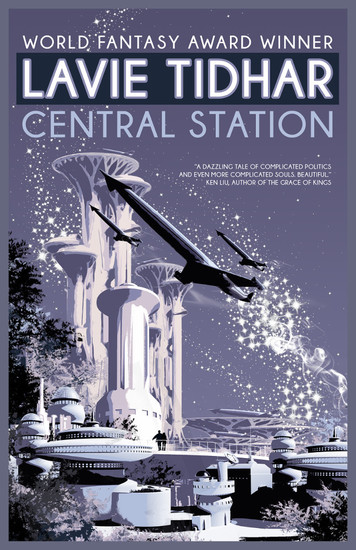A Detective With the Mind of a Criminal: The Casefiles of Mr. J G Reeder, by Edgar Wallace
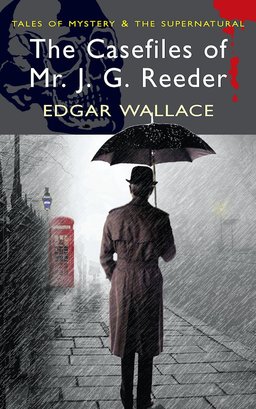 Wordsworth Editions published dozens of titles in their Tales of Mystery and the Supernatural imprint (or, as we like to call them, TOMAToS), featuring classic tales of detection, horror and ghostly doings from Robert E. Howard, Rudyard Kipling, Sheridan Le Fanu, William Hope Hodgson, W.F. Harvey, Edith Nesbit, Oliver Onions, E.F. Benson, and many others.
Wordsworth Editions published dozens of titles in their Tales of Mystery and the Supernatural imprint (or, as we like to call them, TOMAToS), featuring classic tales of detection, horror and ghostly doings from Robert E. Howard, Rudyard Kipling, Sheridan Le Fanu, William Hope Hodgson, W.F. Harvey, Edith Nesbit, Oliver Onions, E.F. Benson, and many others.
Wordsworth has revamped the entire series (see their website for the dramatic redesign), and they’re letting all the older titles gradually go out of print… which means it’s definitely time to snatch up those I still don’t have. Like The Casefiles of Mr. J G Reeder, an omnibus collection of three pulp-era books by popular British thriller writer Edgar Wallace.
How on earth did you piece together all this? he asked in wonder. Mr Reeder shook his head sadly. I have that perversion, he said. It is a terrible misfortune. I see evil in everything. I have the mind of a criminal.
Let us introduce you to the enigmatic J. G. Reeder, a timid, gentle middle-aged man who carries a furled up umbrella and wears an old-fashioned flat-topped bowler hat. He is one of the great unsung sleuths of mystery fiction, created by the prolific Edgar Wallace, the King of Thrillers. Despite his insignificant appearance, Reeder is a cold and ruthless detective who credits his success to his criminal mind which allows him to solve a series of complex and audacious crimes and outwit the most cunning of villainous masterminds.
This volume is a rich feast for crime fiction fans, containing the first three volumes in the Reeder canon: two novels, Room 13 and Terror Keep; and the classic collection of short stories, The Mind of J. G. Reeder.
Edgar Wallace was an enormously popular mystery and thriller writer of the 20s and 30s. More than 160 films have been based on his work, and The Edgar Wallace Mystery Magazine was a popular digest magazine in the mid-60s. But perhaps his most famous creation was the script for King Kong (1933); he died of complications of diabetes while working on revisions with director Merian C. Cooper.
